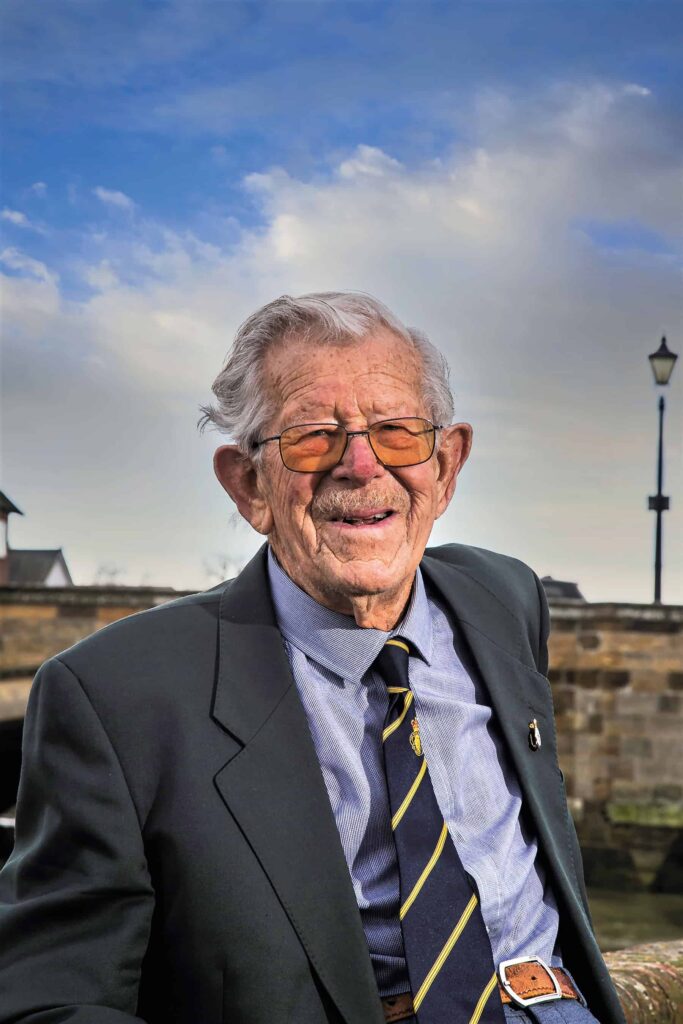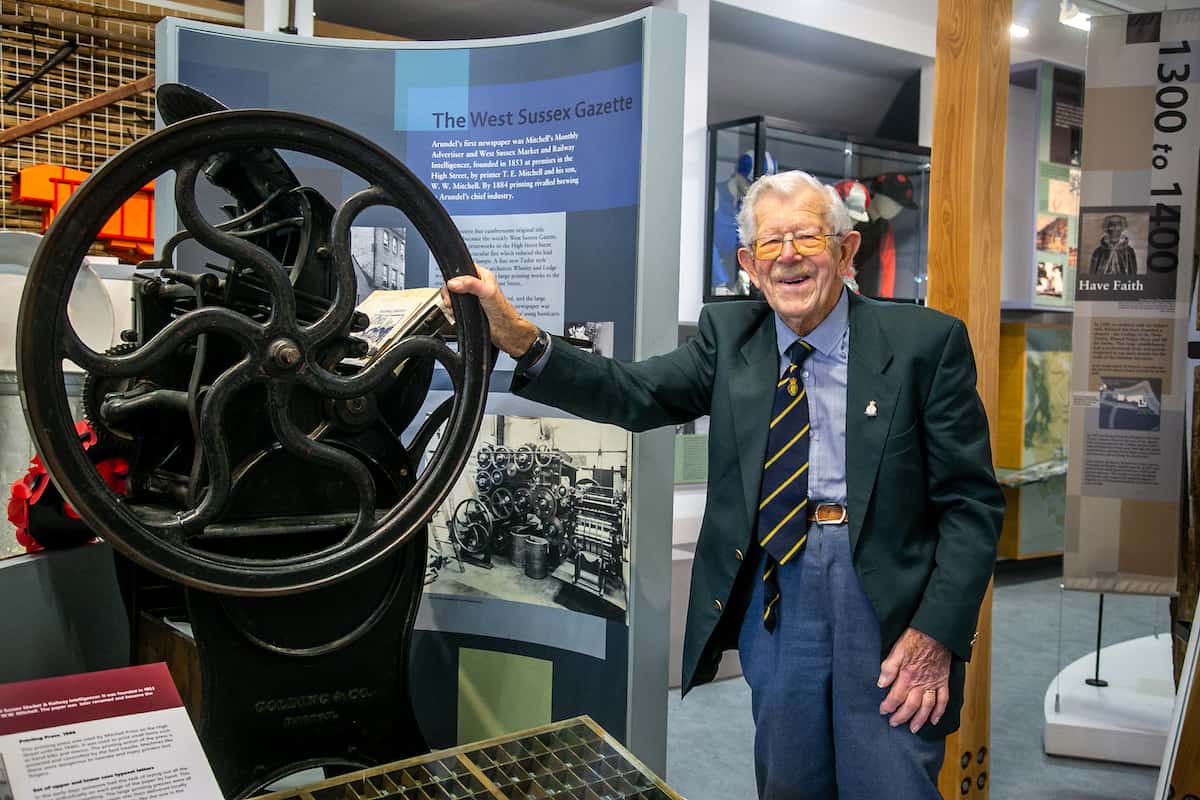Community header template
- Home
arrow_drop_down
- News
arrow_drop_down
- What’s On
- Local Information
arrow_drop_down
- Community Groups
arrow_drop_down
- Business Support
arrow_drop_down
- Advertising Rates
- Business Networks
- Akin Arundel
- Arundel Chamber of Commerce
- Consultants, Admin Support & Office Space
- Film Location & Production Support
- IT & Technical Support
- Legal, Financial Planning, Accountants And Insurance
- Local Publications And Media
- Marketing, Printing & Digital
- Business Newsletter
- Local Directory
arrow_drop_down
- Estate & Lettings Agents & Architects
- Health, Beauty & Wellbeing
- Home & Gardening Services
- Legal, Financial Planning, Accountants And Insurance
- Photographers, Fashion & Lifestyle
- Retirement, Care & Funeral Services
- Travel, Holidays & Languages
- Tradesman, Builders and Property Services
- Vehicle Repairs, Storage, Hire & Taxi Services
- Weddings, Events & Entertainment
- Contact
Eric Nash A True Mullet

Published Spring 2022, by Clare Toole-Mackson
IT was Eric who first told me about the wild daffodils! I met him many years ago at St. Nicholas’ Church, of which he is a stalwart member. I can’t remember how we came to be talking about nature. I think I had mentioned somewhere that I had been taken to see the wild daffodils, but which did not impress me. He then confided that the top end of Fittleworth Woods was THE place. And how right he was! I have tried to walk there every Spring and then compare notes with Eric. Last March the amazing profusion of daffodils was the best display ever.
From this Eric’s love of nature is evident, though he tells me that disappointingly he hasn’t yet seen a kingfisher this year. His house is ideally placed, on the river bank, to watch for kingfishers, but numerous other birds visit his secluded garden, encouraged by the food he provides for them. By his landing stage at the end of the garden are recorded the levels of floodwater over the years – useful information for the Environment Agency!
The house, ‘Kingfishers’, was built in the 1990’s by Eric and his wife Jasmine, whom he married in 1950.
The house, ‘Kingfishers’, was built in the 1990’s by Eric and his wife Jasmine, whom he married in 1950. It sits in the place where the Castles’ old stonemasons’ offices and yard were at the end of River Road. Stone for the building/rebuilding of the Castle in the 19th century would be brought upriver by boat and offloaded there. Indeed, Eric remembers as a boy playing there with his friends. He has dug up ‘grub saws’ in his garden which were used to cut the stone. He and Jasmine did most of the work on the house themselves, Jasmine being responsible for the painting, Eric for the construction, taking three years to complete. In the garden is a beautiful floor design of Minton tiles, salvaged from the river.
Sadly Jasmine died in 2004, but in the west end of St. Nicholas’ Church is a beautiful and lasting memorial to her- double glass doors engraved with a pattern of flames, through which the light shines constantly.
Eric’s first home was in Tarrant Street. His father was the gardener in charge of Tunnel Gardens which supplied vegetables to the Castle. These were delivered by means of a tunnel running from near to the present Church of England School right up to the Castle. It still exists, though it is now closed.
Eric has always been a practical person, right from his early days at school when he responded to the request for someone to paint the windows with clear emulsion to stop glass splinters. He was then put in charge of the stirrup pumps during the war. While he was thus occupied, he missed out on time learning to spell, about which he was blithely unconcerned at that stage, though it did become rather important later on! He left school early, at the age of fourteen (for which special permission was required) to begin a trial two-month period as an apprentice with the West Sussex Gazette, whose offices were then and remained for many years in the High Street. Some years ago, The Bell published a fascinating and detailed article on Eric, ‘My Life as an Apprentice Printer’, so I will just record the salient points here. Fortunately, he was able to ride a bicycle, as his new job involved cycling between the High Street and the station five times a day to collect the red envelopes containing the news from all the area correspondents. His unofficial duties included buying snuff for the foreman! Eric has long been a familiar figure in Arundel riding his trade bike through the streets but sadly he no longer does this, confessing that at 94 he is now ‘rather wobbly’.
In 1945, when the war had just finished, Eric joined up, but because of being deaf in one ear rather than being involved in active service he followed his trade as a printer. After six weeks’ general training at Chichester and six further weeks assisting the armourer, he joined the Royal Army Service Corps to his surprise as a linotype operator printing the Forces newspaper, the ‘Union Jack’. This took him to Austria, Naples, Padua, Venice, where he spent six months, followed by a spell in Athens. He was demobbed in 1948 and returned to his job at the West Sussex Gazette, having completed his training as a printer.
Jasmine and Eric bought a tandem after they were married and before their children (Alan and Carolyn) were born spent several holidays touring southern England, hugely enjoyable in those days of comparatively traffic-free roads.
He has a remarkable memory and is a fount of knowledge about the history of the town and its people
At the age of 62 Eric took early retirement but his life was as busy as ever. He was one of the founders of the Arundel Museum which in its new building is now a lasting testament to the vision, enthusiasm and foresight of its founders. Retirement gave him time to become more involved in the life of the Museum and he has continued to give loyal and dedicated service to a cause close to his heart. He has a remarkable memory and is a fount of knowledge about the history of the town and its people- fascinating to listen to. A large khaki greatcoat on a chair in his study provoked a question from me. Eric explained that he collects Home Guard material, which will be on display in the Museum to illustrate a talk.
‘Kingfishers’ inside resembles a museum, full of treasures and mementos. Beginning outside, Eric had the foresight to rescue the long blue and white enamelled sign which hung above the West Sussex Gazette offices in the High Street until they closed. In the study is a bound pile of newspapers, the Sussex Weekly Advertiser & Lewes Journal. The date on the top one is 1795! Inside is an advertisement for Dr Samuel Johnson’s New English Dictionary – remarkable. The paper is fragile but the print, though small, is still clear and black, and remains so because it was hand set, Eric told me. I wondered how these had come into his possession. Apparently from the newsagents run by Miss Burcher in Tarrant Street, after it closed. What an amazing legacy!
Displayed on a board in the entrance porch are 28 canal plaques, witness to Eric’s travels on all of England’s inland waterways. In his garage he still has the boat, which he himself built, which sailed all these canals.
Eric says he is always busy. I’m sure that is why he still appears so youthful! As well as working on his allotment he also does woodturning on his lathe, which he was in the process of moving into the conservatory. He showed me a perfectly formed banana, fashioned out of wood from a fallen branch of the redwood tree in St. Nicholas’ churchyard. At the moment his most prolific production is wooden door wedges and fruit, which sell like the proverbial hot cakes in the Museum shop.
How to sum Eric up? He is a man of many abilities, friendly, still very much involved in life and sprightly in his nineties. His remarkable memory contains a wealth of historical information about Arundel places and people. Although I cannot perhaps accord him the status of a National Treasure, he is without doubt an ‘Arundel Treasure’!
Photography by Nigel Cull

